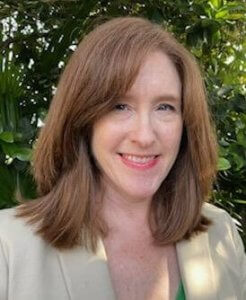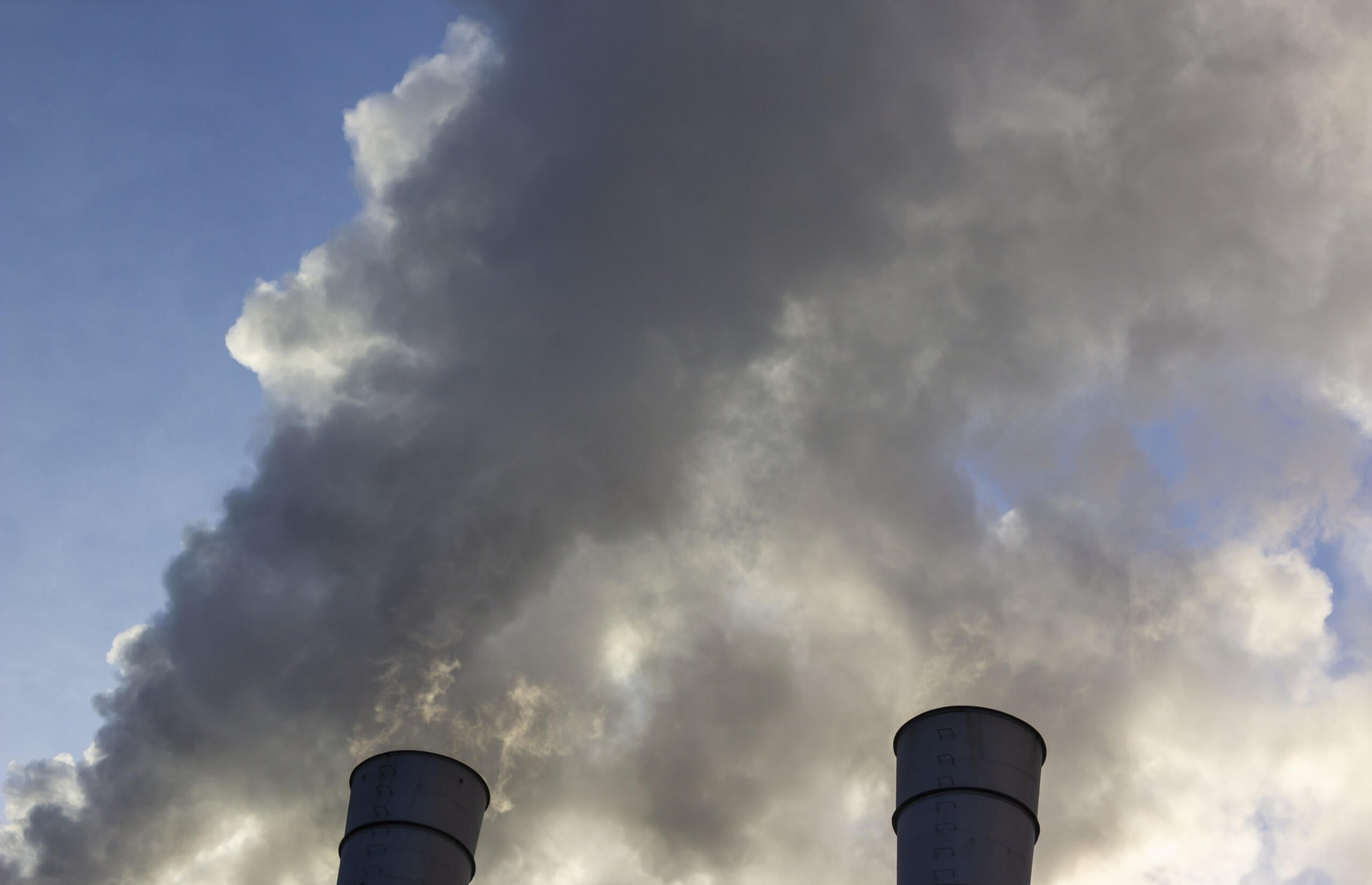What Happened to 40 CFR Part 63 Subpart YYYY?
On February 28, 2022, the Environmental Protection Agency lifted an 18-year stay on formaldehyde air emissions for two types of stationary combustion turbines. The EPA has identified stationary combustion turbines as major sources of hazardous air pollutants (HAP) emissions such as formaldehyde, toluene, benzene, and acetaldehyde.
The EPA first issued the Subpart YYYY for stationary combustion turbines in 2004, but stayed its effectiveness for two subcategories of gas-fired turbines after industry groups petitioned to delist both subcategories. The agency never finalized the delisting because the D.C. Circuit ruled they lacked authority. Environmental groups then petitioned the agency to reconsider and threatened legal action if it did not lift the stay, leading to the current rule.
Who is Subject to 40 CFR Part 63 Subpart YYYY?
Your facility is subject to this subpart if it owns or operates a stationary combustion turbine located at a major source of HAP emissions. For each new or reconstructed stationary combustion turbine described in §63.6100, which is:
- A lean premix gas-fired stationary combustion turbine as defined in this subpart
- A lean premix oil-fired stationary combustion turbine as defined in this subpart
- A diffusion flame gas-fired stationary combustion turbine as defined in this subpart
- A diffusion flame oil-fired stationary combustion turbine as defined in this subpart
The EPA has identified a listing of the affected stationary combustion turbines. Note that some unit subcategories have limited requirements. For example, existing stationary combustion turbines do not have to meet the requirements of this subpart. A stationary combustion turbine is exiting if you commenced construction or reconstruction of the stationary combustion turbine on or before January 15, 2003. See 63.6090(b) for additional subcategories with limited requirements.
What Are My Facility’s Emission Limits?
The new limit for formaldehyde is 91 ppbvd or less at 15 percent O2. Formaldehyde is a general indicator of the level of the concentration of the hazardous air pollutants associated with these major sources. Compliance is first demonstrated by a performance test.
The following operating parameters are recorded during the performance test:
- The catalyst inlet temperature (*4-hour rolling average within an acceptable range), if an oxidation catalyst is being used.
- Or, previously approved operating parameters if an oxidation catalyst is not used. These parameters are related to formaldehyde formation and must be approved by the regulatory agency.
*Data during startup (see Definitions of Key 40 CFR 63 Terms below) is not required to be included in the 4-hour average.
After testing, an acceptable operating range is established for either the oxidation catalyst inlet temperature or the approved operating parameters. This operating range is based on the recommendations of the catalyst manufacturer. Their range for the approved operating parameters is based on the recommendation of the original equipment manufacturer (OEM) of the combustion turbine.
When and How Should My Facility Comply?
Compliance is required within 180 days of March 9, 2022 (i.e., September 6, 2022). Your facility must comply with the emission and operating limitations that apply to you at all times. To demonstrate continuous compliance, all parametric monitoring data must be collected at all times the stationary combustion turbine is operating except for monitoring malfunctions, repairs, and quality assurance or quality control activities.
You must operate and maintain your stationary combustion turbine, oxidation catalyst emission control device, or other air pollution control equipment and monitoring equipment in a manner consistent with good air pollution control practices for minimizing emissions at all times, including during startup, shutdown, and malfunction. Compliance also requires the submittal of Semiannual reports.
Definitions of Key 40 CFR Part 63 Terms
Startup means begins at the first firing of fuel in the stationary combustion turbine. For simple cycle turbines, startup ends when the stationary combustion turbine has reached stable operation or after 1 hour, whichever is less. For combined cycle turbines, startup ends when the stationary combustion turbine has reached stable operation or after 3 hours, whichever is less. Turbines in combined cycle configurations that are operating as simple cycle turbines must meet the startup requirements for simple cycle turbines while operating as simple cycle turbines.
Shutdown means the cessation of operation of an affected source or portion of an affected source for any purpose.
Malfunction means any sudden, infrequent, and not reasonably preventable failure of air pollution control equipment, process equipment, or a process to operate in a normal or usual manner that causes or has the potential to cause the emission limitations in this standard to be exceeded. Failures caused partly by poor maintenance or careless operation are not malfunctions.
How Can ESC Spectrum Help?
ESC Spectrum provides many air emissions compliance and monitoring products and services that can help you address 40 CFR Part 63 Subpart YYYY. Our Regulatory Services team is standing by to assist you with any questions about how this regulation affects your facility. Our Data Acquisition Systems (DAS), including StackVision, Prism, and CEMDAS Evolution, provide accurate and reliable air emissions monitoring and reporting to meet federal, state, and local requirements. Our Engineering experts ensure that your DAS is in good health, up-to-date, and reflects the most current emissions limits.
Authors:
Jon Konings – Sr. Regulatory and Reporting Engineer (jkonings@escspectrum.com)
Brian Perlov, PE – Principal Engineer (bperlov@escspectrum.com)
Interested in learning more about regulations and staying in compliance? Read our Definitive Guide to Air Emissions Regulations.

Susan Kennedy, QEP - Regulatory & Reporting Manager
Susan joins ESC Spectrum from the Power Industry sector where she spent 25+ years helping power plants and associated facilities comply with environmental laws and regulations. During her tenure at Progress Energy (now Duke Energy Florida) and Gulf Power Company, she supported various environmental programs covering all media. Her technical background includes permitting, compliance and reporting for wastewater, water use, groundwater, remediation, Title V, Title IV, CEMS, Green House Gas, Florida Annual Operating Reports, Air Testing, Reciprocal Internal Combustion Engine (RICE), Risk Management Plans and Toxic Release Inventory. She received both her Bachelor of Science (’92) and Master of Science (’96) degrees from Auburn University.


